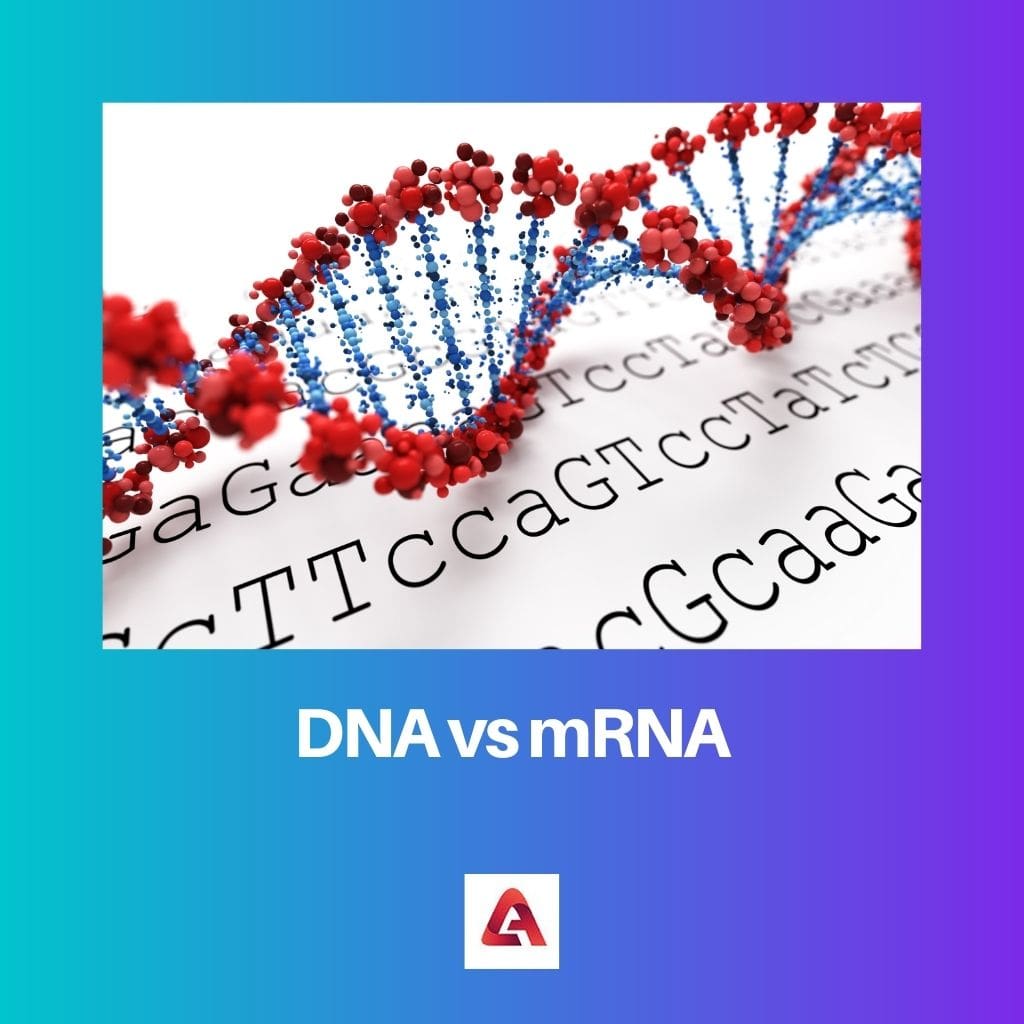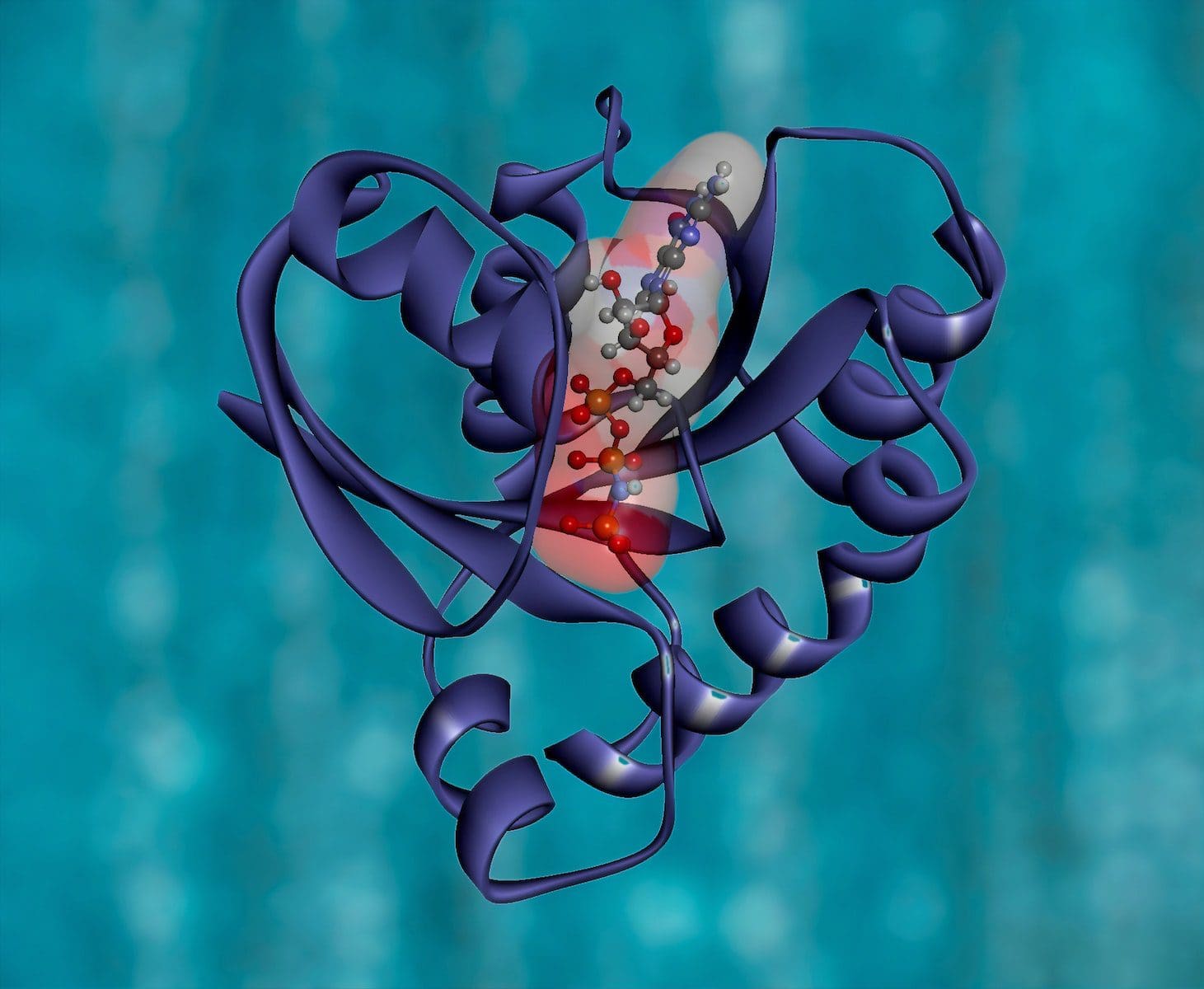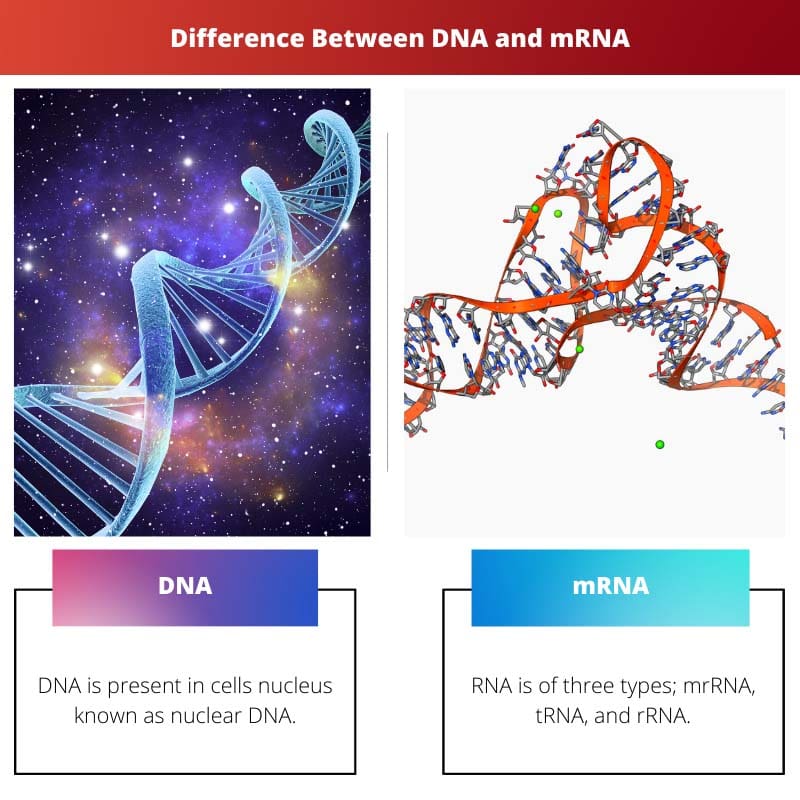Human anatomy is difficult to understand yet very interesting; humans have internal body parts and reactions that influence their daily activities. All these reactions are very complex and cannot be seen from the outside.
Eating habits, sleep patterns, bowel cycles, thinking, etc., are the results of chemical reactions inside the body. There are different components in the body in which these chemical reactions are done to make the body work properly.
The smallest unit of the body is the cell, which is present in large quantities and thus plays a vital role in the human body. Within these cells, there are a lot of components present which further help to maintain the structure.
One of the most critical functions of cells is the inheritance of genetic material. The genetic material is responsible for the traits being carried onto the offspring; the resemblance of offspring with parents results from this genetic material.
Genes are predominantly responsible for genetic material. Genes have DNA and RNA, which contain characteristics of one human being, which are further transferred to offspring through reproduction.
Key Takeaways
- DNA (deoxyribonucleic acid) is a double-stranded molecule that stores genetic information, blueprinting all cellular processes and inherited traits.
- mRNA (messenger ribonucleic acid) is a single-stranded molecule responsible for carrying genetic information from DNA to ribosomes for protein synthesis.
- DNA and mRNA are nucleic acids involved in transmitting genetic information, but DNA stores the information, while mRNA serves as a messenger during protein synthesis.
DNA vs mRNA
The difference between DNA and mRNA is their composition. DNA and mRNA both carry genetic material but still have differences in their composition and location in the body, and so on.

Comparison Table
| Parameters of Comparison | DNA | mRNA |
|---|---|---|
| Sugar component | Deoxyribose sugar | Ribose sugar |
| Pyrimidine presence | Thymine as pyrimidine | Uracil is pyrimidine |
| Strands | Double-stranded | Single-stranded |
| Life | Long life | Short life |
| Location | Present in nucleus | Diffuses into cytoplasm |
What is DNA?
DNA is an abbreviation of Deoxyribonucleic acid; it is a molecule composed of two polynucleotide chains that coil around each other to form a double helix, carrying the genetic instructions.
There are three major forms of DNA: A form, B form, and Z form. These forms are double-stranded and connected by interactions between complementary base pairs. There are around 3 billion DNA base pairs, which make one genome.
The major functions of DNA are to encode the sequence of amino acids, mutations and recombination of genetic material and to determine genetic characteristics.DNA is responsible for carrying genetic material.
DNA is present in cells’ nuclei, known as nuclear DNA small amount of DNA is also seen in the cell’s powerhouse, which is mitochondria. They are present in eukaryotic cells; these are double-stranded structures.
DNA is made up of three components; those are sugar molecules (deoxyribose), phosphoric acid and a nitrogenous base. Four nitrogenous bases are further divided into purines (two-ring structures- adenine and guanine) and pyrimidines (two single-stranded structures- cytosine and thymine).
A structure model in DNA proposes that the number of purines and pyrimidines are equal to each other, and the amount of adenine is equal to the amount of thymine.
Friedrich Miescher, a swiss chemist, founded DNA in the 1860s. However, some took the names of James Watson, an American biologist, and Francis crick, an English physicist, but later on, Friedrich Miescher was approved as the founder of DNA.

What is mRNA?
mRNA is an abbreviation of messenger ribonucleic acid; these are single-stranded molecules of RNA that correspond to a gene’s genetic sequences and are read by ribosomes in synthesizing a protein.
The composition is similar to DNA’s but different as DNA comprises deoxyribose, whereas mRNA consists of ribose sugar molecules. mRNA is created during the process of transcription.
Transcription is the process of conversion of genes into primary transcript mRNA with the help of enzymes. mRNA is single-stranded strands of nucleotides known as ribonucleic acids or RNA. RNA is of three types; mRNA, tRNA, and rRNA.
Function mRNA is to read base sequences of ribosomes, using the genetic code to translate each three-base triplet or codon into its corresponding amino acid. It possesses all the basic characteristic differences of RNA.
mRNA is present in prokaryotic cells and carries genetic information from chromosomal DNA to the cytoplasm for the synthesis of proteins. The lifespan of mRNA is very short. Among the four nitrogenous bases, thymine is replaced by uracil.
RNA helps synthesise protein in the body. After synthesis, the acid moves out from the nucleus into the cytoplasm, where it is deposited in ribosomes, which further helps make proteins.
The discovery of mRNA was made by Sydney Brenner, Francis Crick, Francois Jacob, and Jacques Monod; with these discoveries, it became clear that genes help make proteins.

Main Differences Between DNA and mRNA
- DNA is present in eukaryotic cells, whereas mRNA is in prokaryotic cells.
- DNA is made up of deoxyribose sugar. On the contrary, mRNA is made up of ribose sugar.
- DNA is double-stranded, whereas mRNA is single-stranded.
- DNA has a long life. On the contrary, mRNA has a short life.
- DNA is present in the nucleus, while mRNA diffuses into the cytoplasm.
- DNA has thymine as one of the pyrimidines, whereas mRNA has uracil as it’s a pyrimidine.


Interesting, I was never clear on the specific distinctions between DNA and mRNA.
The history of the discovery of DNA and mRNA is a fascinating part of this article.
Agreed, it adds an interesting context to the scientific facts presented.
I’m sure it would engage more people if it included more of the historical background.
For those with scientific backgrounds, this article provides a comprehensive insight into cellular processes and genetic material.
Yes, this information is valuable for those in research or medical fields.
The discovery and depth of understanding of DNA and mRNA are vital to scientific advancement.
Absolutely, research into these areas has far-reaching implications for multiple industries.
Some might argue that the focus on DNA and mRNA overwhelms the reader with details.
It’s a balancing act to present critical scientific information in an approachable manner.
This article on DNA and mRNA is quite informative, although a few elements could be presented in a more engaging way.
Perhaps incorporating interactive elements into articles like these could help with engagement.
The details about DNA and mRNA are fascinating, but for non-scientific audiences, this might be a bit heavy to absorb.
True, a simpler breakdown might make the information more accessible.
Some people might find information about the difference between DNA and mRNA confusing.
I think it’s important to know about these differences, especially when it comes to genetic material.
The content here is highly scientific; I can appreciate the depth of the discussion.
True, but not everyone will find this level of detail engaging.
Indeed, understanding DNA and mRNA is essential in the study of genetics.
This article does a great job explaining the complexities of the human body on a cellular level.
I agree, breaking down information about DNA and mRNA is challenging, this article did an excellent job.